In recent years, new energy freight vehicles have gained significant popularity and their market sales have been steadily on the rise. As the demand for sustainable transportation solutions continues to grow, more and more businesses and individuals are considering new energy freight vehicles as a viable option. However, choosing the right new energy freight vehicle can be a daunting task, especially for those who are not familiar with the market. Do you know how to make an informed decision when it comes to selecting a new energy freight vehicle? The author believes that many people may not be entirely clear. To assist everyone in making the right choice, the author will present a comprehensive shopping guide.
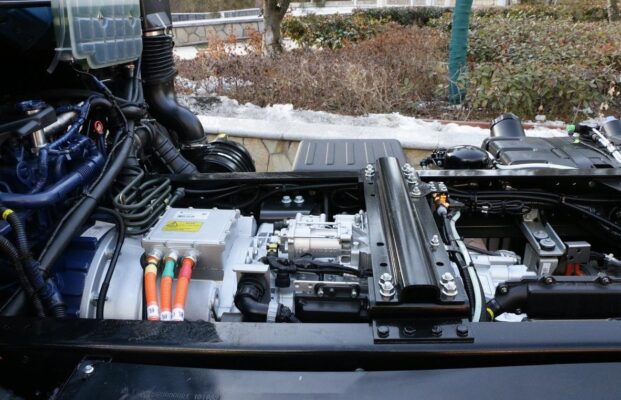
- Select the cargo box type according to the type of cargo:
The type of cargo you plan to transport plays a crucial role in determining the appropriate cargo box type for your new energy freight vehicle. In the express city distribution industry, for instance, the cargo is often composed mainly of bulky items and cartons. In such cases, a new energy 4.2-meter van freight vehicle is a popular choice. Therefore, when purchasing a new energy freight vehicle for this purpose, the cargo box type should primarily be a warehouse bar model to meet the specific usage needs.
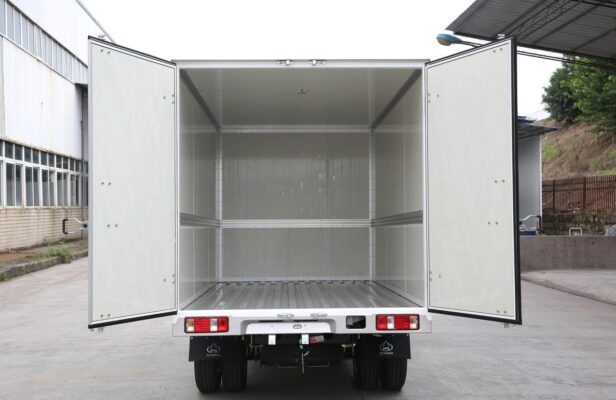
Let’s take a closer look at why the warehouse bar model is suitable for bulky cargo and cartons. This type of cargo box is designed with vertical bars or partitions that help to secure and organize the cargo. Bulky items can be placed against the sides or in the corners of the cargo box, while cartons can be stacked neatly between the bars. This not only ensures that the cargo is stable during transportation but also makes it easier to load and unload.
For example, imagine a delivery company that specializes in transporting packages for e-commerce businesses. The company needs a vehicle that can efficiently handle a large volume of cartons and some bulky items such as furniture or appliances. A new energy 4.2-meter van freight vehicle with a warehouse bar cargo box would be ideal. The bars can prevent the cartons from shifting during transit, reducing the risk of damage. The bulky items can be secured in place, ensuring safe transportation.
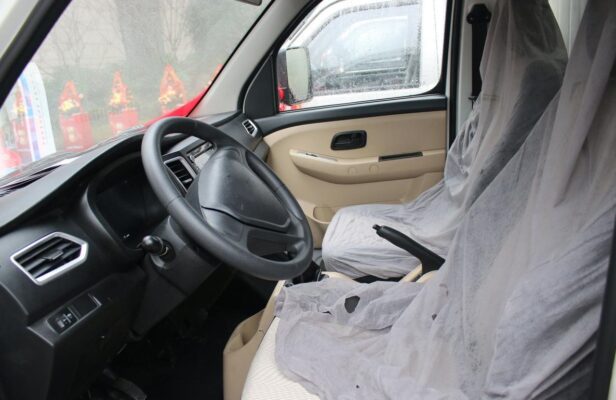
Moreover, the warehouse bar model often comes with features such as adjustable bars or shelves, allowing for customization based on the specific size and shape of the cargo. This flexibility makes it easier to optimize the use of space and maximize the vehicle’s cargo-carrying capacity.
- Select the chassis according to the weight of the cargo:
The weight of the cargo you plan to transport is another important factor to consider when choosing a new energy freight vehicle. For existing new energy freight vehicles, taking a 4.2-meter vehicle as an example, there can be significant variations in the bearing capacity of the chassis. Some brands and models may adopt lightweight designs on the chassis to meet national standards. However, this may not always be the best choice, depending on your specific needs.
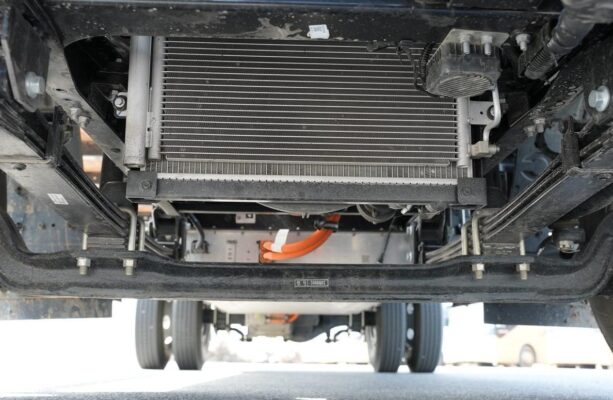
For example, some lightweight designs may involve using composite panels for the cargo box, reducing the thickness of the chassis steel, shortening the wheelbase, reducing the number of leaf springs on the front and rear axles, and plasticizing exterior parts. While these measures can help reduce the vehicle’s weight and improve energy efficiency, they may also limit the vehicle’s carrying capacity and durability.
When determining the chassis for your new energy freight vehicle, it is essential to consider the weight and safety of the cargo. If you plan to transport heavy loads on a regular basis, you will need a chassis with a higher bearing capacity. This may include a stronger frame, thicker steel components, and more leaf springs. On the other hand, if the cargo is relatively light, a lighter chassis may be sufficient.
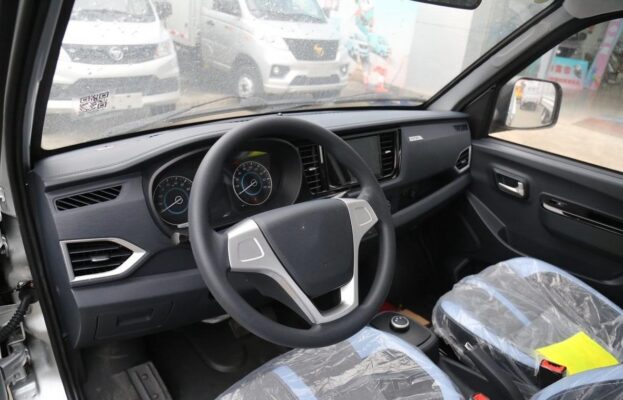
In addition to the weight of the cargo, you should also consider the type of cargo when choosing the cargo box material. If the transported cargo is liquid, it is recommended to choose an all-aluminum, iron-aluminum, or iron-corrugated cargo box. These materials are more resistant to corrosion and leakage, ensuring the safety of the cargo. For example, if you are transporting chemicals or liquids for the food industry, an all-aluminum cargo box would be a good choice as it is lightweight, durable, and easy to clean.
If the cargo is not heavy, you can consider choosing a composite panel material or a color-aluminum cargo box. Composite panels are often lighter and more cost-effective than metal cargo boxes. They can also provide good insulation, which can be beneficial if you are transporting temperature-sensitive goods. Color-aluminum cargo boxes are also a popular choice as they are lightweight, aesthetically pleasing, and offer good corrosion resistance.
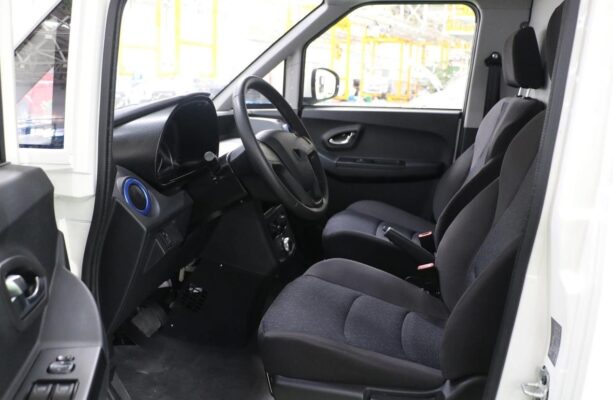
The above is the shopping method for new energy freight vehicles. The methods introduced by the author are relatively valuable and can help you make an informed decision when choosing a new energy freight vehicle. I hope everyone can refer to them more. Of course, if you have the idea of buying a new energy freight vehicle, you are also welcome to contact us. We can provide you with more detailed information and advice based on your specific needs.
In conclusion, choosing the right new energy freight vehicle requires careful consideration of various factors such as the type of cargo, weight of the cargo, cargo box type, and chassis specifications. By taking these factors into account and doing thorough research, you can select a vehicle that meets your transportation needs while also contributing to a more sustainable future.